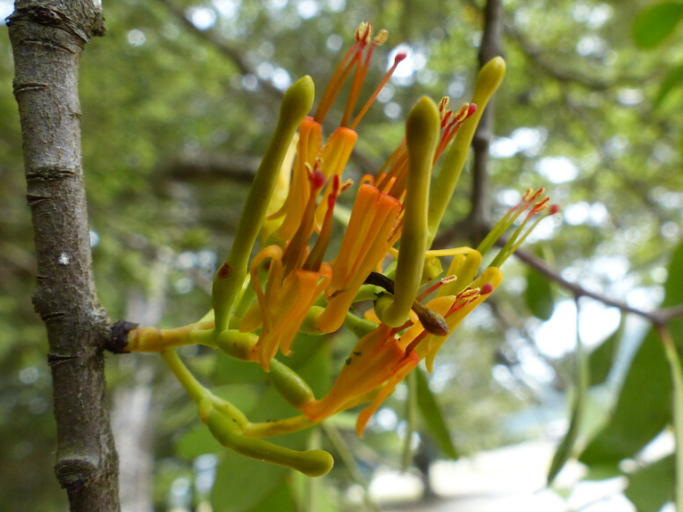ON THIS PAGE
What partners can provide
When working with different organisations – such as government groups, local businesses, iwi and/or other community groups – more can be achieved through access to additional support and resources, as well as different fields of knowledge and skills. While a sponsorship is a financial arrangement, partners have more input and can provide a variety of benefits, including:
- Funding
- Equipment
- Publicity (which may include access to their networks, etc.)
- Volunteers
- Advice
- Access to different skills and resources.
Meanwhile, partners benefit from the arrangement too. They get to participate and contribute to a good cause, while receiving guidance on their own sustainability practices. If they’re a business, aligning with your group will mostly likely give their customers a positive association.
The partnership also provides ‘good news stories’ to encourage community/conservation-minded potential customers to start buying their products and services.
Partners often receive promotion or branding with a logo on any promotional material (such as media releases or posters/pamphlets).
Partnerships can be local, regional, national or even international – see DOC’s list of national partners for examples of different collaborations.

Partnering with iwi/mana whenua

The intention to partner with iwi or mana whenua should not be for gains but rather out of respect for the Tiriti and as indigenous people. If there is a preconceived idea of wanting something, it moves away from engagement.
History has shown that the best relationship with iwi and mana whenua (and that has resulted in more resourcing) has been a ‘no strings attached’ relationship.
For more advice on working alongside iwi/mana whenua, see our information on Te Tiriti, Governance, and Mātauranga Māori.
How to form partnerships
- First, decide what you need from a partner. Are you looking for long-term funding, donations of equipment, or something else?
- Choose a partner who shares your vision. Your group will be associated with the partnership, so it’s crucial to work with an organisation whose values align with yours, and whose work or knowledge is relevant to at least one aspect of your project (e.g. DOC partnered with Dulux when painting its huts).
- It is also essential that you can show you understand their business. There is a far greater chance of success if you can demonstrate you have taken the time to learn about their business and shared values. Often people get caught up in the passion they have for their own project and try and ‘sell’ that without considering how best to get a good partner on board, so extend that passion to your potential sponsor’s business goals, objectives and aspirations.
- Approach your preferred partner. Keep your pitch relatively brief: explain the work you do, your goals, and why you have approached them in particular. Explain what you would need from them, and how they in turn would benefit. (It’s also possible that you might be approached to form a partnership: if so, consider the points above before accepting.)
- Have clear objectives. Before going ahead with a partnership, make sure both parties agree on the goals and that they’re achievable and measurable. Also agree on any financing and when it will be provided. Put everything in writing so there is a record of the agreement. This is also a good way to manage expectations on both sides.
How to manage partnerships
Forming a partnership is a significant step. However, keeping things running smoothly is also vital and relationship management will take time and effort on both sides.
Regular communication will be essential. This will include regular meetings with representatives at agreed times. The meetings will also be an opportunity to talk through any concerns as they arise.
Provide regular updates on the project, and revisit your goals and objectives to make sure they’re on track.
Remember to celebrate milestones as they happen, such as meeting a target or the one-year anniversary of the partnership. Achievements should be acknowledged by both parties and shared with the public.


